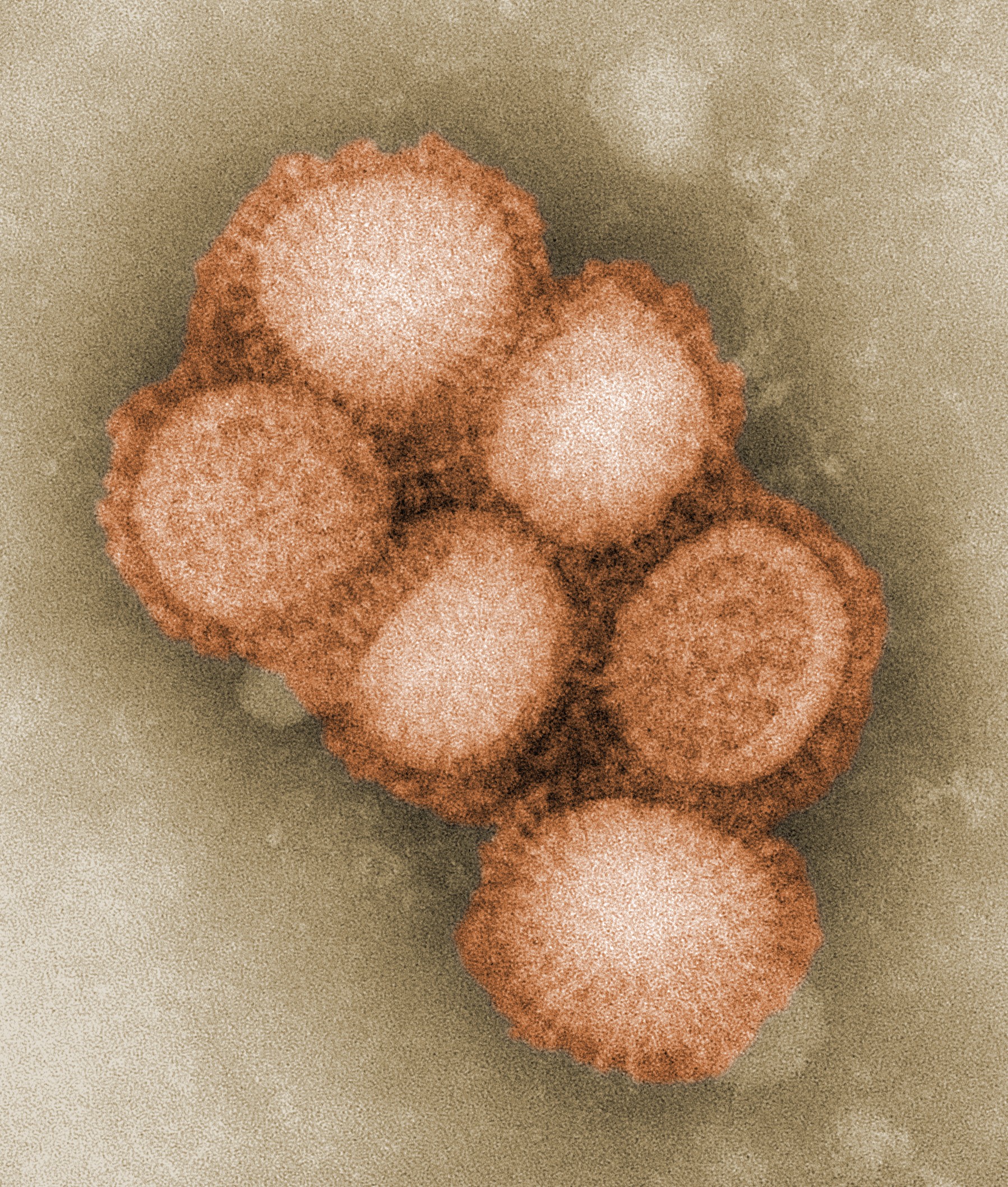
Influenza is caused by a group of viruses whose genomes each contain eight separate strands of RNA. Those individual segments of RNA can not only mutate, but can also be swapped between different flu strains. In short, flu viruses are extremely variable, changing from year to year. Benjamin tenOever and his team from the Mount Sinai School of Medicine have found a novel way of attacking influenza that may result in a universal flu treatment, alleviating the need for yearly vaccines.
Each of the eight separate strands of influenza RNA encodes a viral protein. Thus, for the virus to spread, the RNA strands must undergo two distinct functions. They must be transcribed into mRNA, which the host cell obligingly uses to make viral proteins, and they must be replicated into more viral RNA strands. Together, the viral protein and RNA form new viral particles which go on to infect new cells.
A group of hitherto unknown small viral RNAs (svRNAs) was recently found within infected cells. These RNAs, each 22 to 27 nucleotides long, exactly match the 5’ ends of the eight viral RNA sections. The scientists have found that these tiny snippets of RNA are essential for the replication of the larger viral RNA strands. Depleting the svRNAs prevented viral replication, but not transcription. Remember, this means that infected cells treated with svRNA inhibitors would still be able to produce viral proteins, but that those cells would not also be full of copies of viral RNA. This is actually a potential win-win situation if the extra viral protein load triggers the host immune response without having the ability to infect new cells.
Although only at the proof of concept stage in development, tenOever and his team are optimistic that using svRNAs could lead to a whole new paradigm in flu treatment.
No comments:
Post a Comment